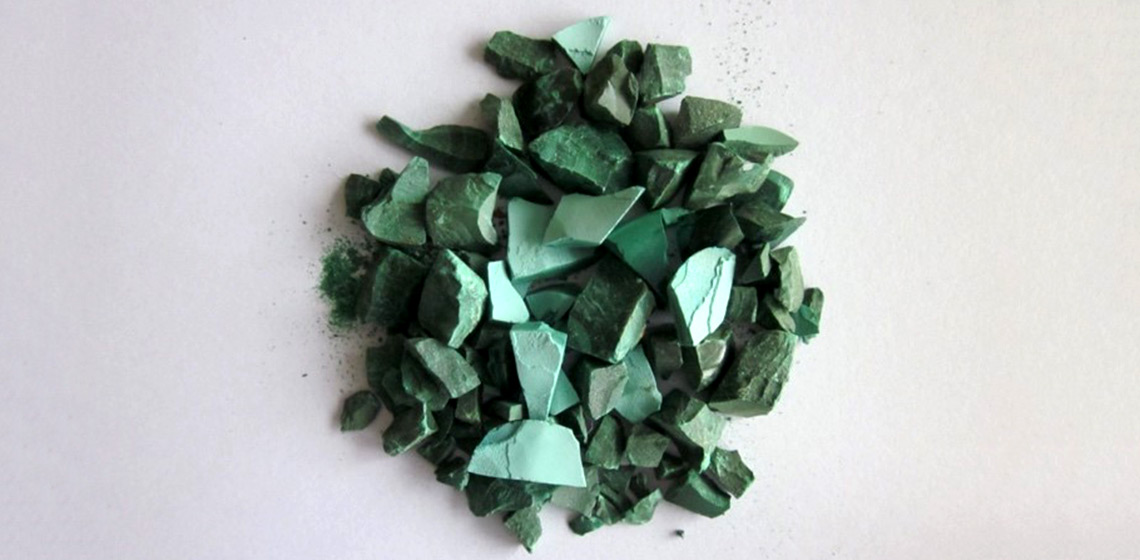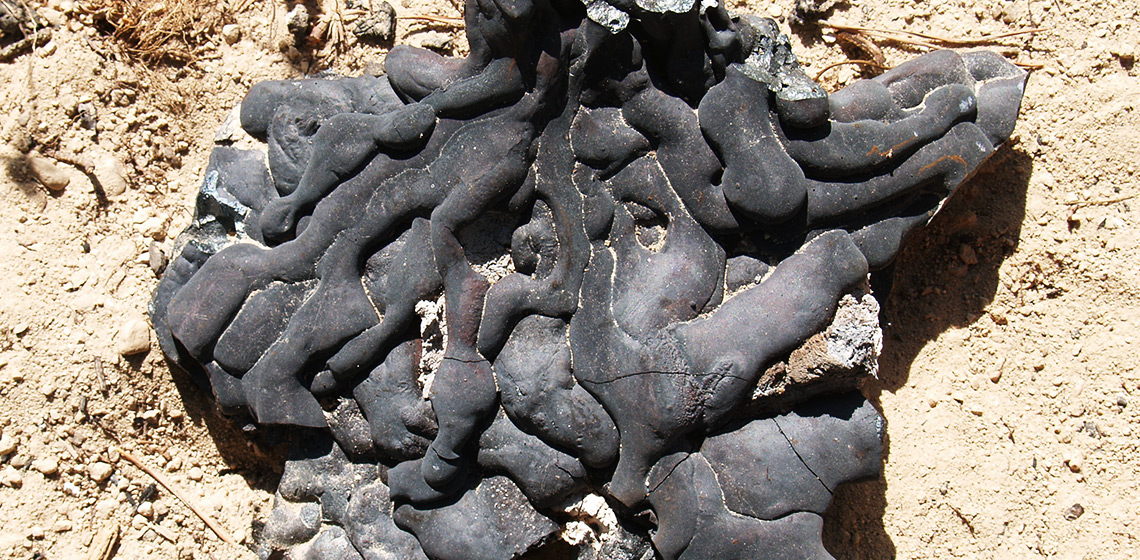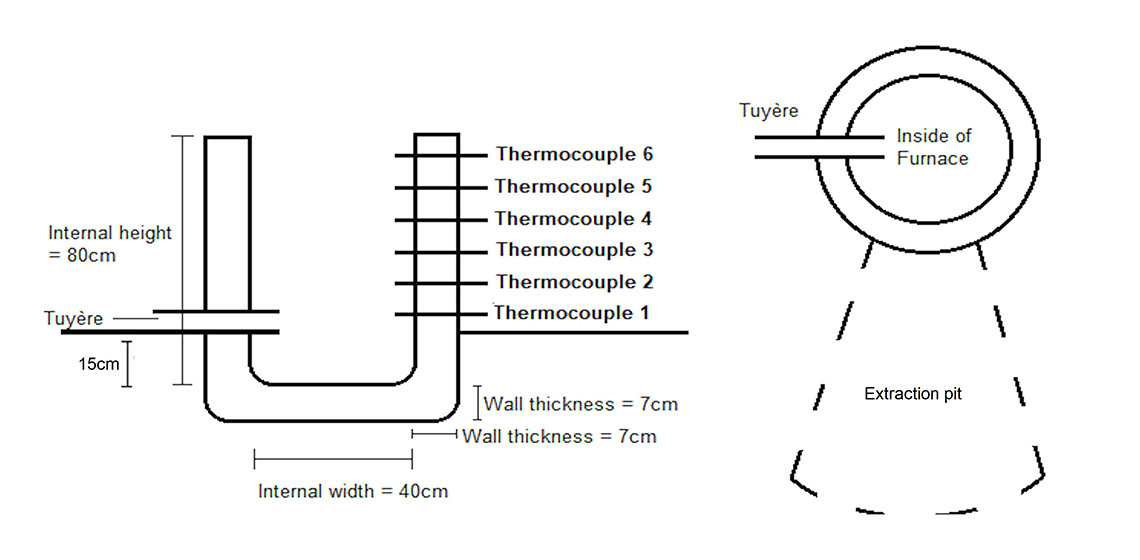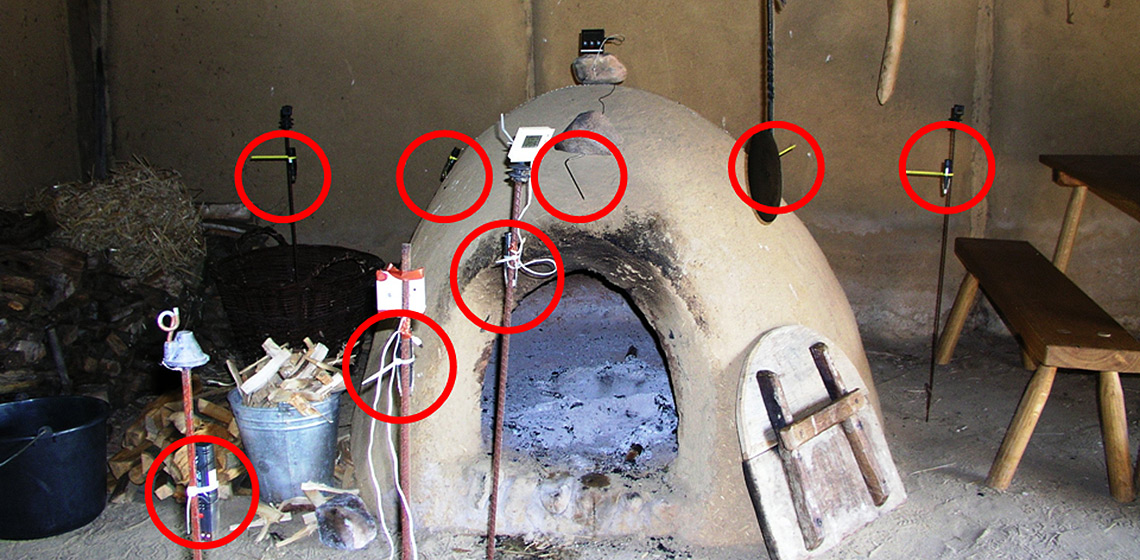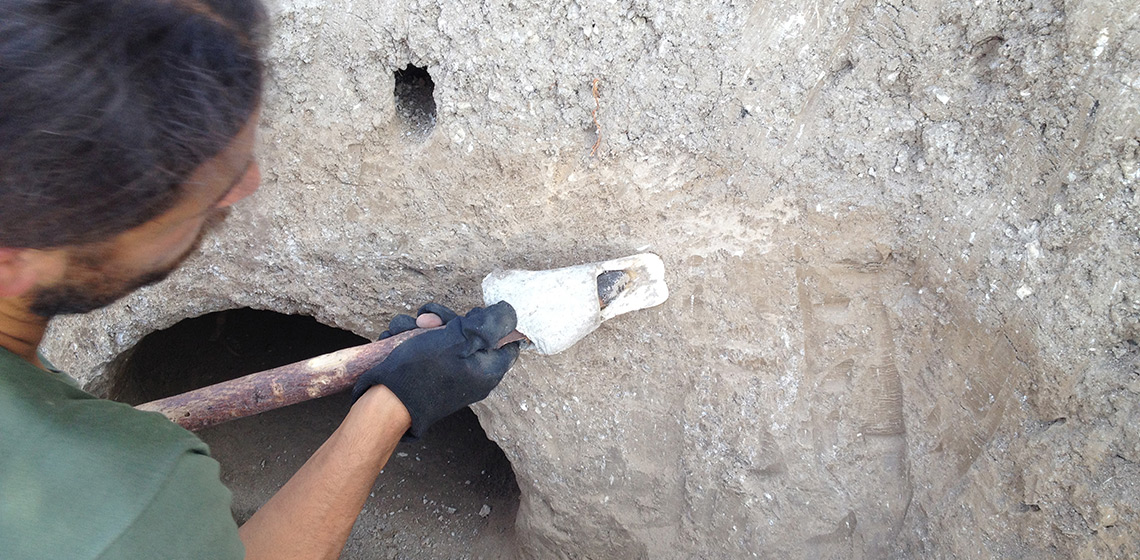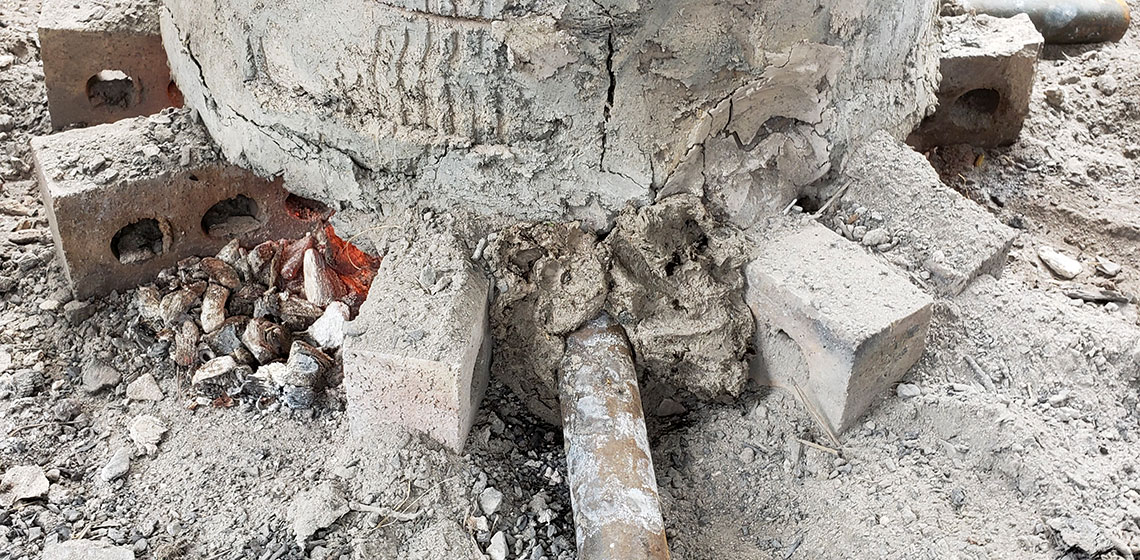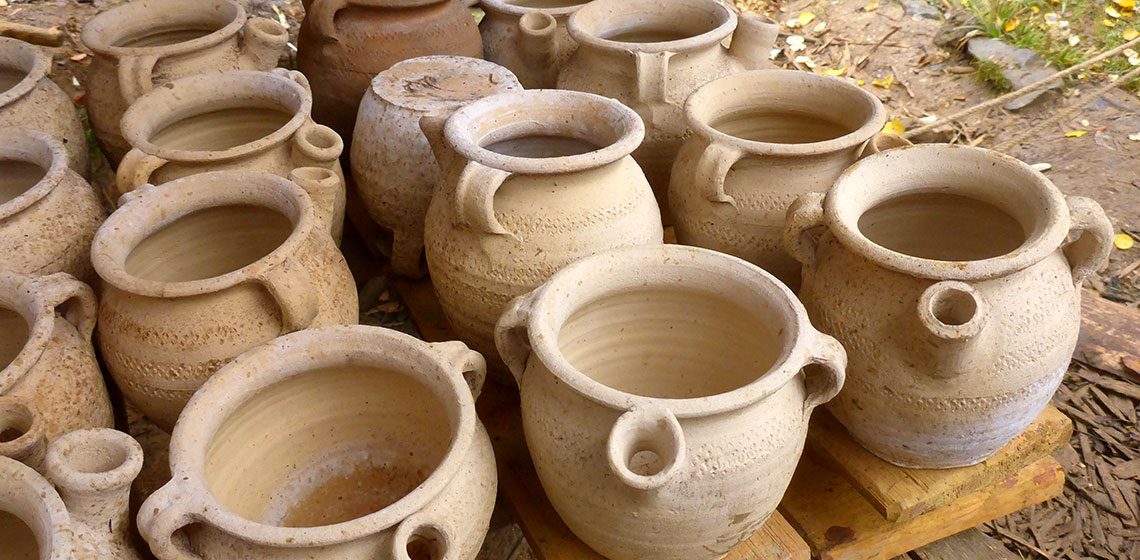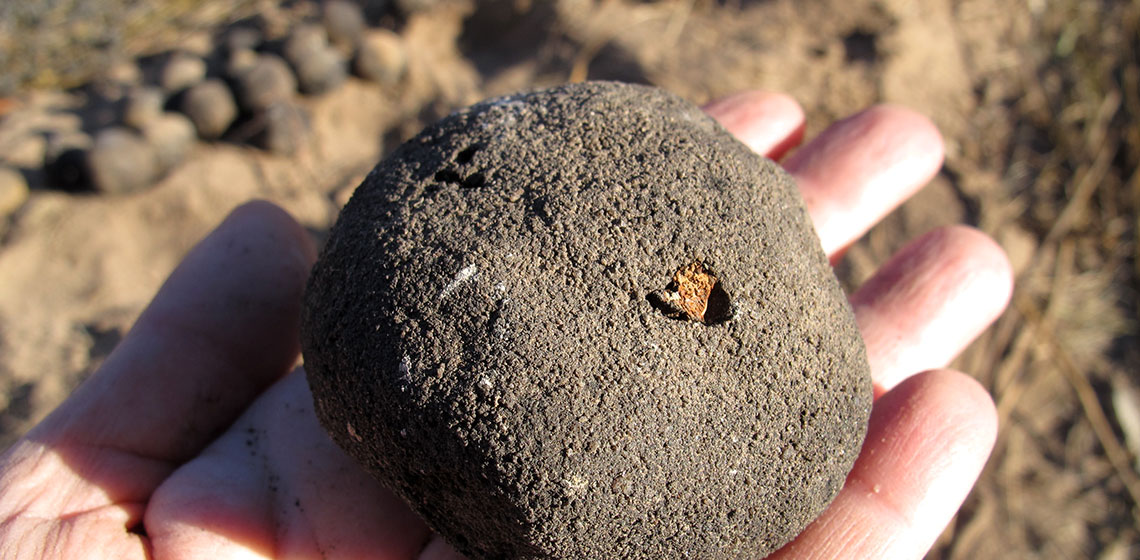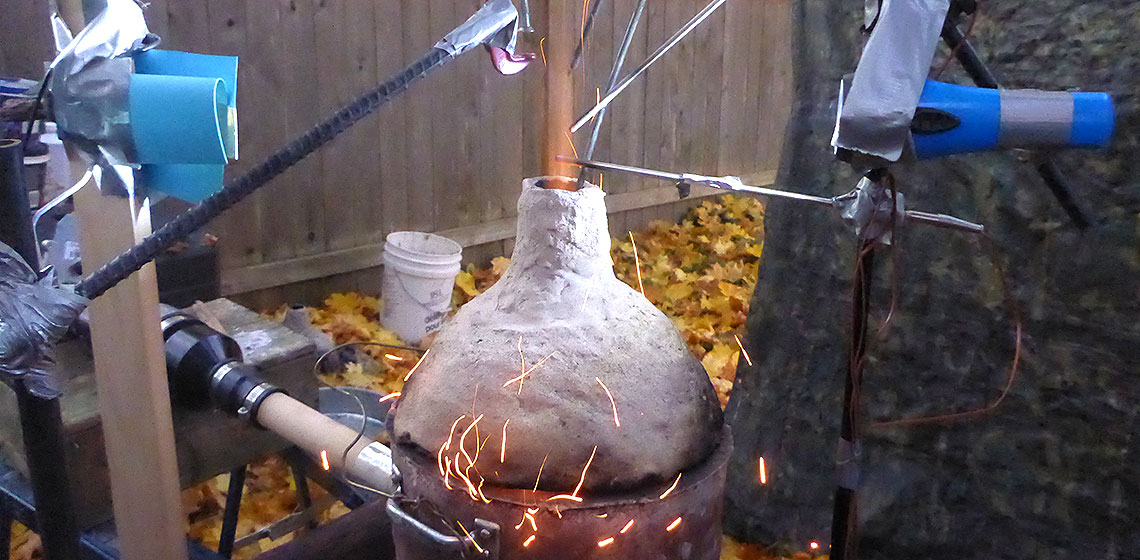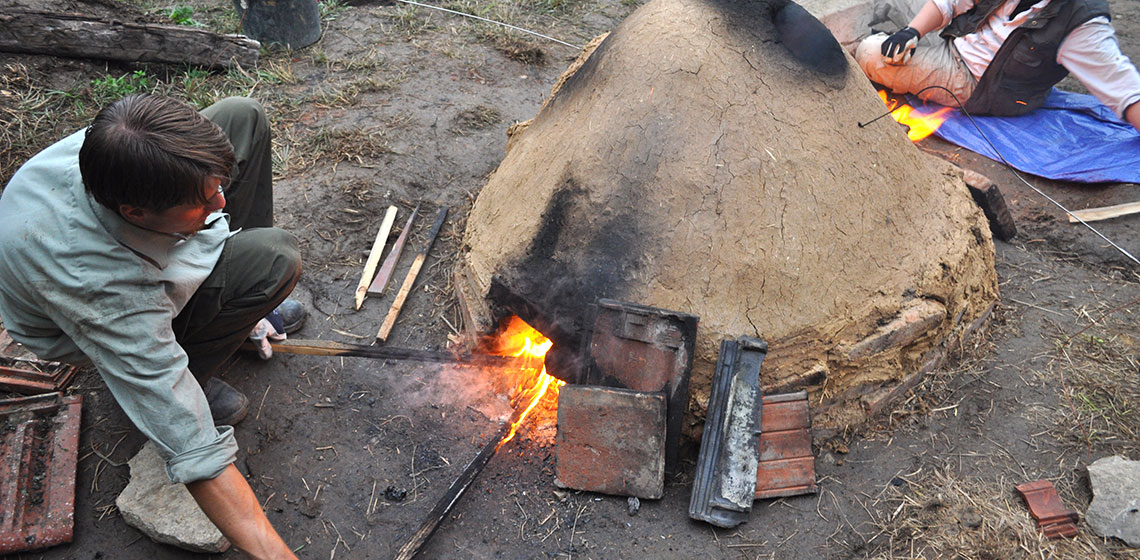furnace, kiln or oven
Copper Smelting Could Have Been Discovered in Connection with the Massive Production of Lime Plaster in the Near East During the Pre-Pottery Neolithic B, which is Much Earlier than Previously Believed
Publication Date
A common theory is that copper smelting first appeared in the Near East in close connection with the early pottery industry. However, copper smelting may well have been discovered many times in history and at many places. Our hypothesis is that copper smelting could have been discovered when the copper-bearing mineral malachite, accidentally or intentionally, was present in lime-burning kilns...
Standardized Reporting of Experimental Iron Smelting - A modest (?) Proposal
Publication Date
The development of effective bloomery iron smelting has progressed over the past decades from the first repeated experiments into documented, effective, methods. This progression has primarily been the work of often isolated individuals, many with great practical experience as artisans, but most often with little formal academic training...
Smelting Conditions and Smelting Products: Experimental Insights into the Development of Iron Bloomery Furnaces
Publication Date
The material record for bloomery furnaces in Iron Age and Roman Britain is fragmentary and, because of this paucity of evidence, the reconstruction of the ceramic structures used in iron production is difficult. Experiments have nevertheless been carried out to ...
Fire Beneath the Dome: Project to Evaluate the Efficiency of Clay Ovens in the Viking Museum Haithabu
Publication Date
Visitors to the museum should get an impression of Viking life in Haithabu as vivid as possible – that is why from time to time we heat the clay ovens for baking or cooking (See Figure 1). We noticed that quite high temperatures are reached, but these will decrease again quickly if there is no more fire inside the oven, although it tangibly keeps the warmth for a very long time...
The Experimental Reconstruction of an Early Neolithic Underground Oven of Portonovo (Italy)
Publication Date
11th EAC Trento 2019
***This contribution presents the experimental reconstruction of an underground oven replicated according to the archaeological evidence unearthed from the Early Neolithic site of Portonovo-Fosso Fontanaccia (Ancona-Italy). A domed structure, measuring 190x180 cm diameter at the base and 50 cm in height, was dug in 15 hours...
***This contribution presents the experimental reconstruction of an underground oven replicated according to the archaeological evidence unearthed from the Early Neolithic site of Portonovo-Fosso Fontanaccia (Ancona-Italy). A domed structure, measuring 190x180 cm diameter at the base and 50 cm in height, was dug in 15 hours...
The Mother of All Bead Furnaces: Testing a Hypothesis about a Natural Draft Bead Furnace
Publication Date
As a part of the ongoing exploration of Viking Era glass bead production, the Dark Ages Re-creation Company (DARC) team perform new pilot experiments on a regular basis. These experiments provide a preliminary understanding of a specific construct or research question, allowing us to judge the validity of further experiments, as well as what equipment or additional questions may be necessary as a part of...
Scientific Profit through Daily Routine
Publication Date
10th EAC Leiden 2017
***The open-air museum Campus Galli is a construction site where we built an early medieval monastery, following the so-called “Plan of St. Gall”, an architectural drawing from the first half of the 9th century (Carolingian period) as our major reference source (cf. Schedl, 2014; Facsimile: Tremp, 2014)...
***The open-air museum Campus Galli is a construction site where we built an early medieval monastery, following the so-called “Plan of St. Gall”, an architectural drawing from the first half of the 9th century (Carolingian period) as our major reference source (cf. Schedl, 2014; Facsimile: Tremp, 2014)...
Re-Creating an Aboriginal Earth Oven with Clayey Heating Elements: Experimental Archaeology and Paleodietary Implications
Publication Date
Earth ovens may relate to different ancestral cooking techniques, serving specific needs and functions. In eastern and south-eastern Australia, they were a significant element of a thriving pre-colonial Aboriginal culture. However, today it is extremely rare to find such structures well preserved. Based on archaeological and historical records...
Kicking Ash, Viking Glass Bead Making
Publication Date
10th EAC Leiden 2017
***Tens of thousands (Callmer, 1977, pp.12-32) of beads marking the rich graves of the Viking world indicate that the production of these beads is an area worthy of study. Evidence such as mandrels, crucibles, bead fragments, and semi-manufactures exist at Helgo, Birka, Paviken, Hedeby (Lundström, 1976, p.3), Kaupang (Gaut, 2011, p.232), Frojel (Carlsson, 2011), Åhus (Callmer, 2001, p.138), and Ribe (Sode, 2004, p.86). At Ribe...
***Tens of thousands (Callmer, 1977, pp.12-32) of beads marking the rich graves of the Viking world indicate that the production of these beads is an area worthy of study. Evidence such as mandrels, crucibles, bead fragments, and semi-manufactures exist at Helgo, Birka, Paviken, Hedeby (Lundström, 1976, p.3), Kaupang (Gaut, 2011, p.232), Frojel (Carlsson, 2011), Åhus (Callmer, 2001, p.138), and Ribe (Sode, 2004, p.86). At Ribe...
Experimental Production of High and Late Medieval Pottery at the Scientific Research Centre in Panská Lhota
Publication Date
Experimental pottery production at the scientific research centre of the Institute of Archaeology and Museology at the Masaryk University Faculty of Arts (from here on ÚAM) in Panská Lhota began in the summer of 2012. The primary target of the experimental pottery production was an attempt to understand the manufacturing process...

